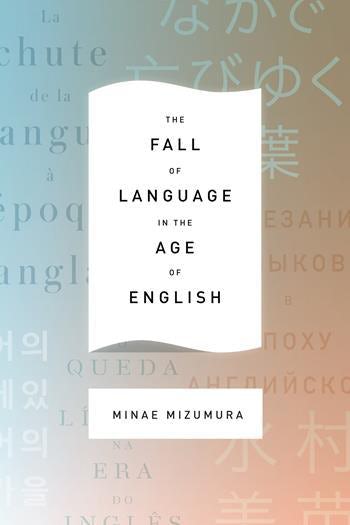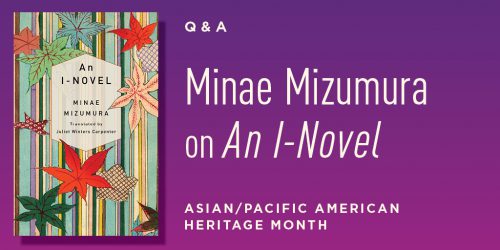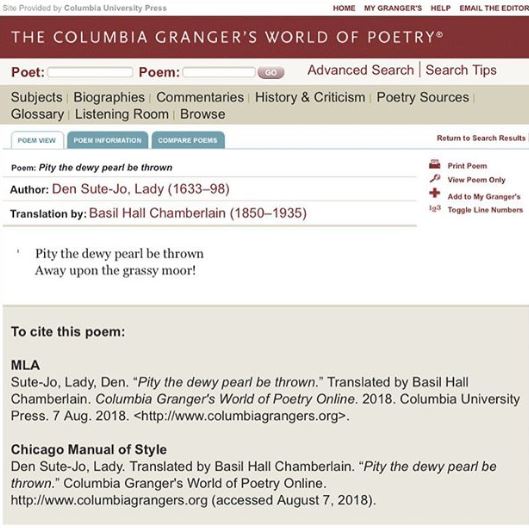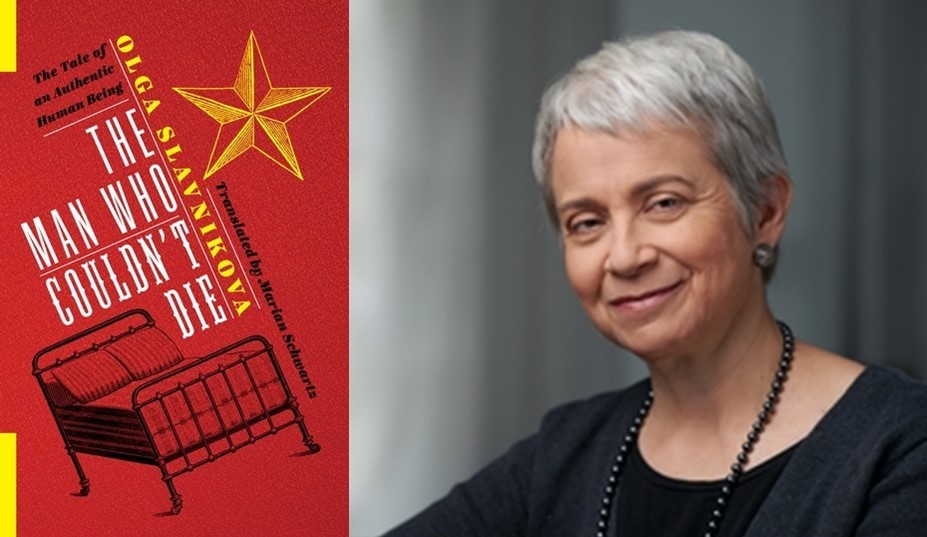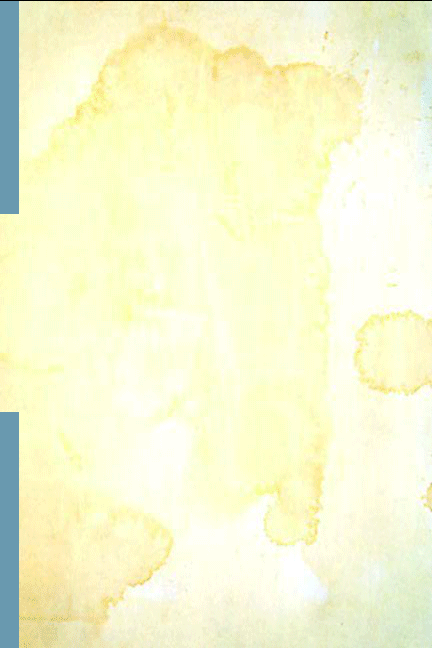Book Excerpts: Translations From Heian-Era Japan
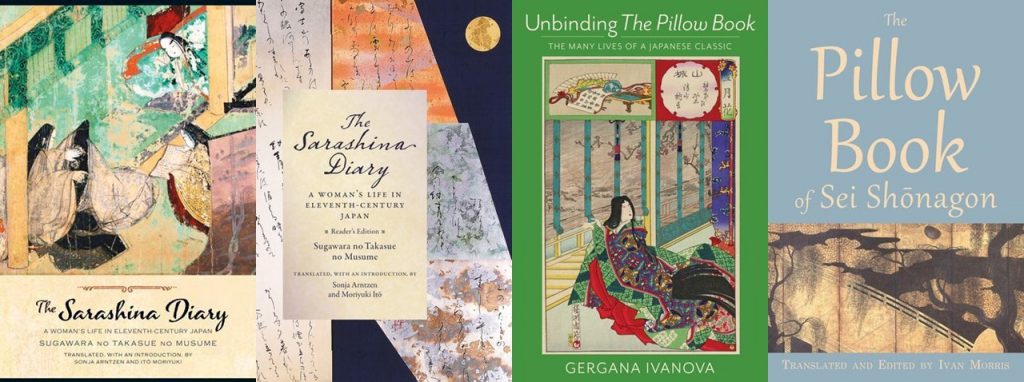
Heian-era Japan saw a flowering of literature, especially at the imperial court. Women wrote diaries, essays, poems, romances, and novels that circulated widely during and after the authors’ lives. To honor these writers, we’re closing the second week of Women in Translation Month by indulging our readers with intriguing excerpts from, The Pillow Book of Sei Shōnagon, Unbinding The Pillow Book: The Many Lives of a Japanese Classic, The Sarashina Diary.
Remember to enter this week’s drawing before midnight for a chance to win one of our featured books!
• • • • • •
An attendant to the Empress Teishi (976-1000), Sei Shōnagon, wrote The Pillow Book. which provides lively gossip, witty observations, and subtle impressions of life at court at the peak of Heian culture. The book’s wealth of literary and learned references speak to the sophisticated cultural salon that the empress had assembled and for which Sei wrote her work.
In this excerpt of Ivan Morris’ translation, Sei gives a glimpse of the dramas of court life. She relates how a tragic misunderstanding over Lady Myōbu the cat caused Okinamaro, a favorite dog at court, to fall from favor. Once draped with garlands and blossoms, he was now beaten and banished, and struggled to undo this twist of fate to return to favor.
The Pillow Book contains many scenes like the one above, but the approximately 300 sections feature several kinds of writing. Sei lists things that evoke different feelings (depression, disgust, delight), composes essays, describes objects and settings, and records poems. As a result, the book has been difficult to categorize. Japanese literature scholar Gergana Ivanova tackles the vexing question of just what is The Pillow Book in the first chapter of her Unbinding the Pillow Book: The Many Lives of a Japanese Classic, excerpted below. Here, she describes what the book has meant in many different contexts, from the eleventh-century imperial court to women’s education in early modern Japan to literary criticism today. The textual heterogeneity of The Pillow Book has been a key reason for its re-adaptation in many different contexts, she argues.
Earlier this week, Ivanova discussed her favorite interpretations and adaptations of The Pillow Book, including versions for women’s education and erotic parodies, and yesterday, we posted an excerpt from Steven D. Carter’s The Columbia Anthology of Japanese Essays: Zuihitsu from the Tenth to the Twenty-First Century, which offers another take on the text and translations of some additional passages.
Another work from eleventh-century Japan, The Sarashina Diary, shows a wider range of life experiences. Beginning with the author’s wide-eyed arrival in the imperial capital from deep in the countryside of eastern Japan, the text relates events from the life of Sugawara no Takasue no Musume over more than fifty years. Describing travels, her brief career at the imperial court as a lady-in-waiting for the infant Princess Yushi, and life at her parents’ home, Takasue no Musume returns again and again to her fascination with reading and fiction.
This excerpt, from Sonja Arntzen and Moriyuki Itō’s 2014 translation of The Sarashina Diary: A Woman’s Life in Eleventh-Century Japan, recounts the author’s first journey to the capital.
This next excerpt, comes from the other end of Takasue no Musume’s life, during which she exchanges poems with old friends from court and reflects on how life might have turned out if she had made different choices.
Earlier this week, Arntzen reflected on her experience teaching and translating The Sarashina Diary. She notes how marvelously easy it was for her students to identify with the author, though she wrote a thousand years ago and half a world away because, like many a blogger, Takasue no Musume invites readers to “tune in” to her private world.
This wraps up our coverage of Heian-era women’s literature. Check back next week to discover translated works from or about Shanghai, including Fu Ping, a novel by the celebrated Chinese author Wang Anyi, translated by Howard Goldblatt.

